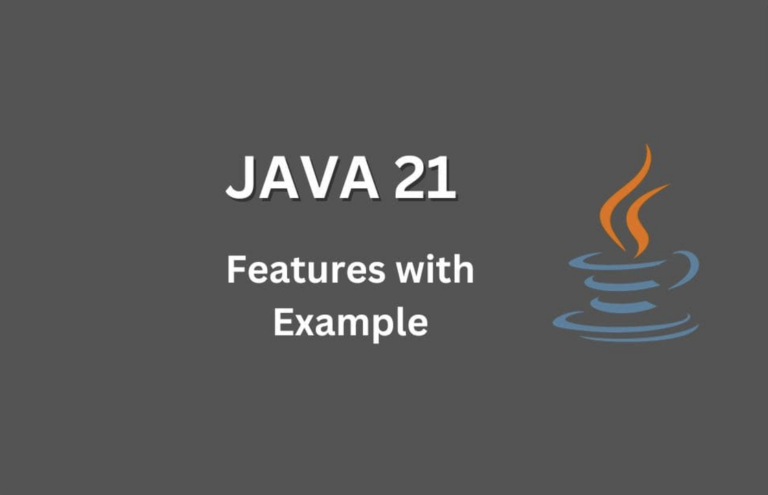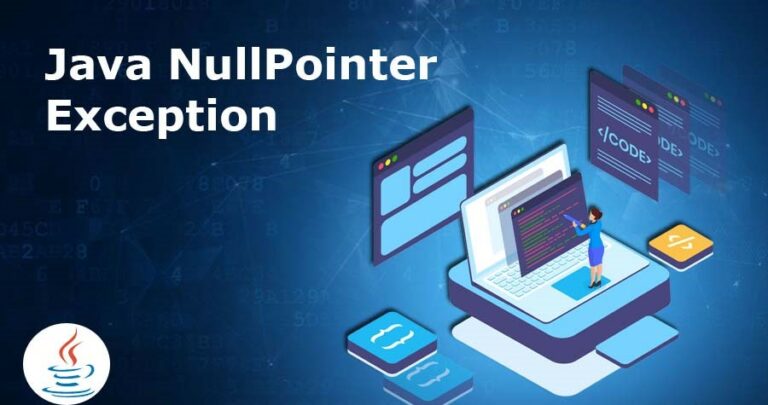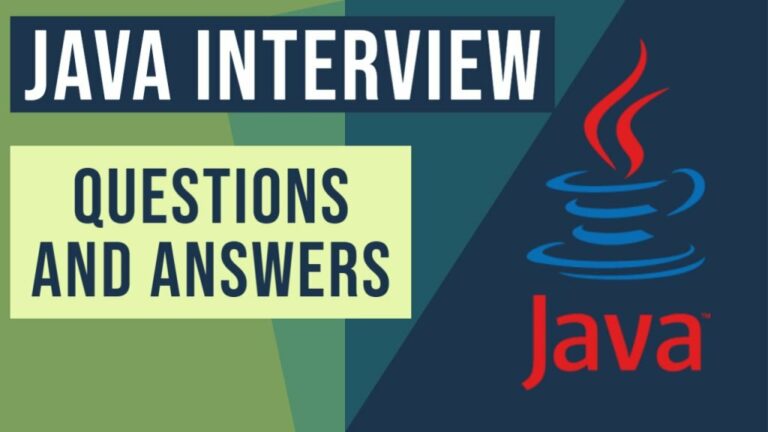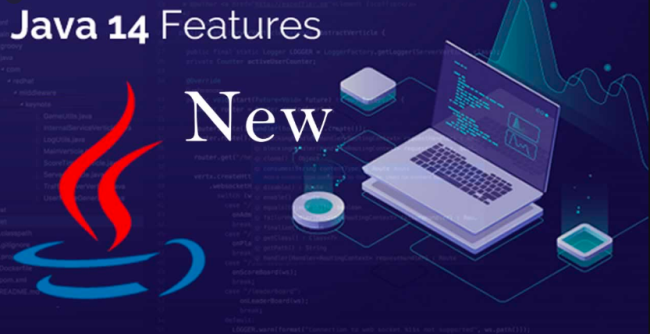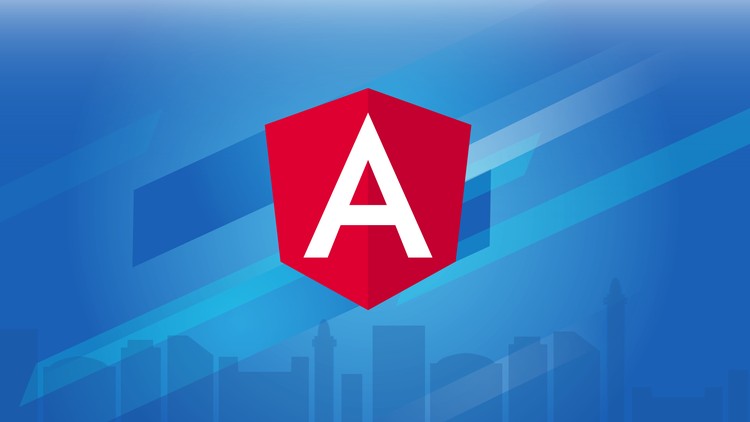A Comprehensive Guide to Java 17 New Features
Java 17, the latest long-term support (LTS) release, has arrived with a plethora of exciting new features and enhancements. In this blog post, we’ll take an in-depth look at all the noteworthy additions to the Java ecosystem in this groundbreaking release.
1. Sealed Classes
Sealed classes provide a new way to restrict the inheritance hierarchy, allowing developers to define a limited set of subclasses for a particular class. By declaring a class as sealed, you can control which classes are allowed to extend it, enhancing code maintainability and reducing the risk of unexpected subclassing.
Real-life Example: Consider a Shape hierarchy where only specific subclasses are allowed:
public sealed class Shape permits Circle, Rectangle, Triangle {
// Common methods and fields
}
public final class Circle extends Shape {
// Circle-specific implementation
}
public final class Rectangle extends Shape {
// Rectangle-specific implementation
}
public final class Triangle extends Shape {
// Triangle-specific implementation
}
2. Pattern Matching for Switch Statements
Pattern matching for switch statements allows developers to simplify and streamline code that involves complex conditional logic. With pattern matching, switch statements can now be used to destructure and match against complex patterns, making code more concise, readable, and maintainable.
Code Example: Matching against different types of objects:
Object obj = ...;
switch (obj) {
case String s -> System.out.println("String: " + s);
case Integer i -> System.out.println("Integer: " + i);
case Double d -> System.out.println("Double: " + d);
default -> System.out.println("Unknown object");
}
3. Foreign Function and Memory API (Incubator)
The Foreign Function and Memory API, introduced as an incubator module, provides a standardized mechanism for interacting with native code and managing off-heap memory. This API opens up new possibilities for integrating Java applications with native libraries and systems, improving performance and interoperability.
Real-life Example: Interacting with native code in a Java application:
// Load native library
System.loadLibrary("example");
// Call native function
nativeFunction();
4. Strongly Encapsulate JDK Internals
Java 17 continues the modularization efforts started in previous releases by strongly encapsulating internal APIs and implementation details.
This helps enforce encapsulation boundaries between JDK modules and user code, reducing the risk of accidental dependencies on internal JDK APIs and promoting cleaner, more maintainable code.
Real-life Example: Preventing direct access to internal JDK APIs:
// Internal JDK API (not accessible)
sun.misc.Unsafe unsafe = sun.misc.Unsafe.getUnsafe(); // Compilation error
5. New macOS Rendering Pipeline
For developers targeting macOS platforms, Java 17 introduces a new rendering pipeline based on Apple’s Metal framework.
This new pipeline offers improved graphics performance and compatibility with modern macOS systems, enhancing the user experience for Java applications running on macOS.
Real-life Example: Improved graphics performance in a Java application on macOS:
// Enable Metal rendering pipeline
System.setProperty("jdk.gtk.version", "3");
// Create graphics context
Graphics2D g = (Graphics2D) canvas.getGraphics();
6. Enhanced Pseudo-Random Number Generators
Java 17 enhances the existing java.util.Random API with additional methods for creating instances of pseudo-random number generators (PRNGs) with specific characteristics.
These enhancements provide developers with more flexibility and control over the generation of random numbers in their applications.
Code Example: Creating an instance of a specific PRNG:
// Create an instance of
SplittableRandom PRNG
SplittableRandom random = new SplittableRandom();
7. Sealed Classes and Interfaces (Second Preview)
Building upon the sealed classes feature introduced in Java 15, Java 17 introduces sealed interfaces as a second preview feature.
Sealed interfaces allow developers to restrict the set of classes that can implement an interface, further enhancing code maintainability and robustness.
Real-life Example: Restricting implementation of an interface to specific classes:
public sealed interface Shape permits Circle, Rectangle, Triangle {
// Interface methods
}
8. Deprecate and Remove Experimental APIs
Java 17 deprecates and removes several experimental APIs and features that have been marked as deprecated in previous releases.
This helps streamline the Java platform and ensure that deprecated APIs are eventually removed, reducing the maintenance burden and simplifying the platform for developers.
Conclusion
Java 17 represents a significant milestone in the evolution of the Java platform, introducing a wide range of new features and enhancements that promise to enhance developer productivity, code quality, and performance.
Whether you’re a seasoned Java developer or just getting started with the language, now is the perfect time to explore the latest features and take your Java programming skills to the next level.
Ready to dive into Java 17? Download the latest JDK release, explore the documentation, and start experimenting with these exciting new features today!
Join Our Community
Ready to embark on your Java programming odyssey? Join our vibrant community of learners and enthusiasts at elgarnaoui.com.
Connect with fellow developers, share insights, and embark on a transformative learning experience.
Together, let’s unlock the full potential of Java programming and embark on a journey of innovation and discovery.


